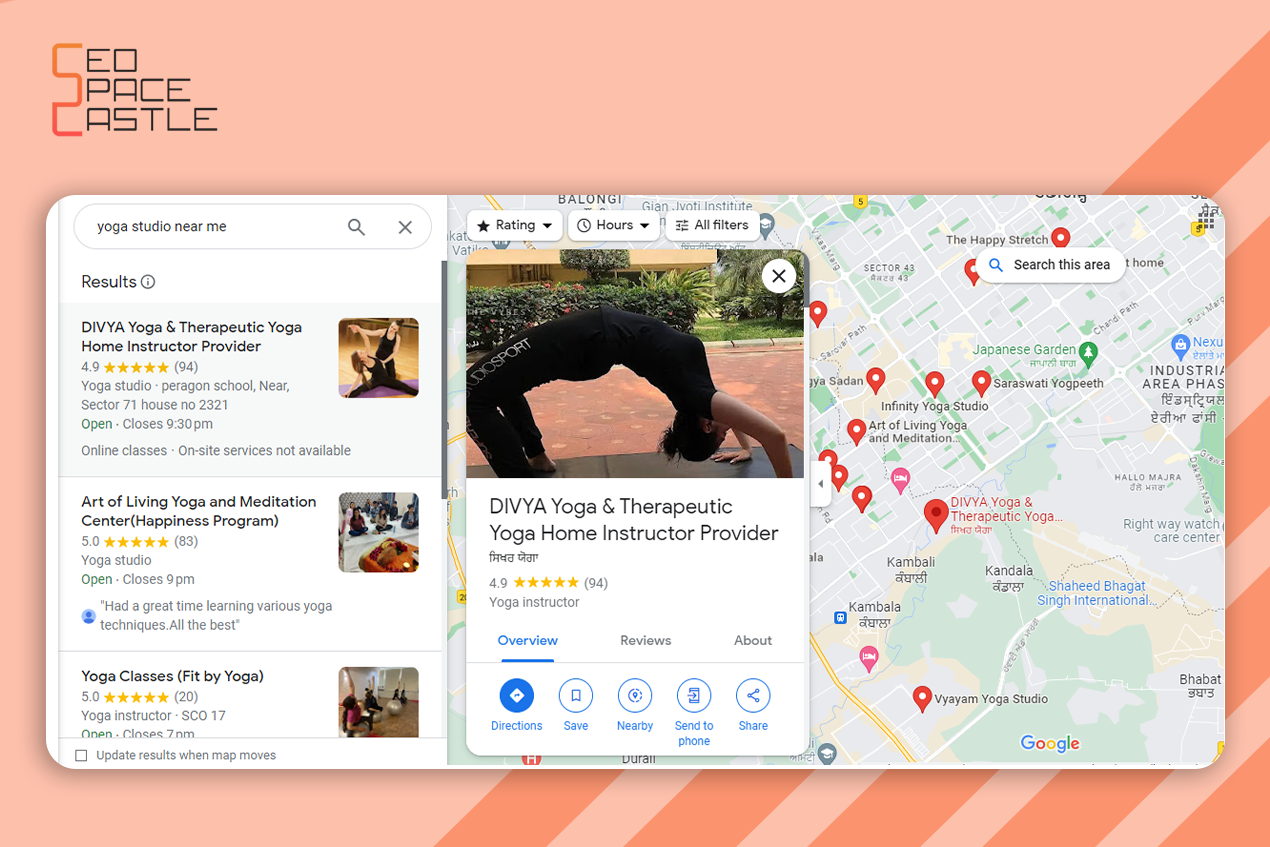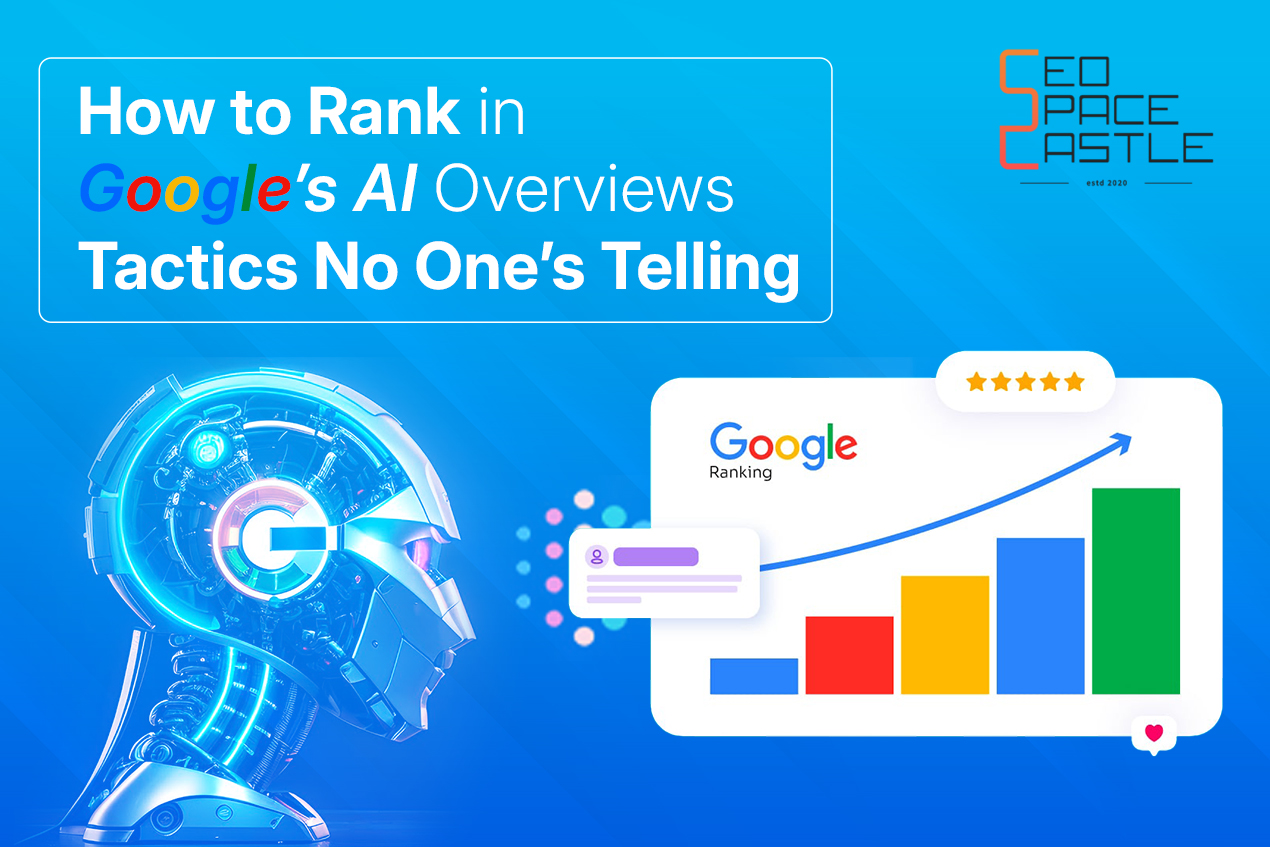Are you a yoga studio owner or teacher looking to grow your business in 2024? The digital landscape is evolving faster than ever, and embracing the power of digital marketing is no longer a choice—it's a necessity. In this era of connectivity and virtual experiences, if your yoga studio is still running solely offline, you might find yourself falling behind the curve.
Digital marketing for yoga studios isn't just a trend; it's a transformative force that can elevate your studio to new heights. The benefits are profound, from reaching a broader audience to fostering meaningful connections and staying ahead of industry trends. So, if you're ready to amplify your presence, engage with your community like never before, and position your yoga studio at the forefront of the digital age, this guide is your roadmap to success. Are you ready to transform your approach and revolutionize your yoga studio's digital presence? Let's dive in.
Table of Contents
- Why is Digital Marketing Essential for Yoga Studios?
- Crafting a User-Friendly Yoga Studio Website
- User End Features
- Owner End Features
- Features of Digital Marketing for Yoga Studios
- Hire a Professional Digital Marketing Company for Yoga Studio
- Conclusion
- Frequently Asked Questions
Why is Digital Marketing Essential for Yoga Studios?
In today's fast-paced world, where everyone connects online and information is easily accessible, digital marketing is crucial for yoga studios. If you're a yoga studio owner or teacher who hasn't fully embraced the digital world yet, it's essential to understand that the key to growing and lasting success is found in the online space.
1.) Reaching a Wider Audience:
Digital marketing helps yoga studios connect with more people. When you promote your classes and services online, you can get local folks and those from different places. Social media, websites, and online ads make it possible to spread the word about your studio to a vast audience.
2.) Building an Online Community:
Digital marketing allows yoga studios to create a community of like-minded people. You can engage with your audience through social media, email newsletters, and blogs. This community not only helps in retaining current students but also in attracting new ones.
3.) Cost-Effective Advertising:
Traditional advertising, like billboards or newspaper ads, can be expensive. Digital marketing, on the other hand, offers cost-effective options. You can choose your budget and target your ads to specific groups, ensuring your marketing money is well spent.
4.) Tracking and Measuring Results:
Digital marketing provides data and analytics to track how your marketing efforts are performing. This helps you understand what's working and what needs improvement. It's like having a report card for your marketing strategies.
Crafting a User-Friendly Yoga Studio Website
Running a yoga studio offline has its own challenges. You're limited to your local market only, and reaching new students beyond your neighborhood takes a lot of work. Creating a website for your yoga studio is like opening the door to a world of digital possibilities. It's not just a place on the web; it's the foundation for your online presence and the initial step in your digital marketing journey.
Now, crafting such a website might seem like a daunting task, and that's where the expertise of the best web development company comes into play. A well-crafted yoga studio website is the digital sanctuary where both studio owners and enthusiastic yogis converge. To truly harness the potential of this digital space, it's important to focus on user-friendly design and functionality, catering to the needs of both ends. Let's delve into the essential features for the user and owner to ensure a seamless online yoga experience.

User End Features
1.) Class Schedule and Booking System:
An intuitive class schedule is the heartbeat of your website. It should offer users a clear overview of available classes, their timings, and instructors. The booking system should be user-friendly, enabling yogis to reserve their spots easily.
2.) Virtual Class Access:
In the digital age, online access to yoga classes is a must. Providing clear instructions on accessing virtual sessions through live streams or pre-recorded videos ensures that students can practice from anywhere.
3.) Interactive Content:
Engaging content like blog posts, articles, and event updates can keep users returning. Regularly updated content showcases your expertise and keeps your community informed and engaged.
4.) Yoga Videos and Tutorials:
Offering a library of yoga videos and tutorials caters to beginners and experienced yogis. Access to various practices allows users to explore different styles and levels of yoga.
5.) Community Engagement:
Build community through forums, chatrooms, or social media integration. This encourages discussions, questions, and shared experiences among your users, fostering a sense of belonging.
Owner End Features
I) Booking and Attendance Tracking:
On the owner's side, efficient booking and attendance tracking tools are indispensable. This feature ensures that class sizes are manageable and helps with scheduling instructors.
II) Membership Management:
Managing memberships should be straightforward. Whether you offer drop-in classes, monthly subscriptions, or punch cards, a well-organized system makes it easy for users to choose their preferred membership.
III) Employee Management:
For studios with multiple instructors and staff, employee management features help track schedules, payments, and instructor profiles. This ensures seamless coordination within your team.
IV) Feedback and Reviews Management:
Gathering feedback from your students is essential for improvement. Implement a feedback and reviews management system to collect insights on classes and instructors. Positive reviews can also be showcased to attract more clients.
V) Check on Payments:
Keeping tabs on payments, invoices, and financial transactions is crucial for the business's sustainability. Access to a payment management system lets you stay organized and on top of your studio's finances.
When these features work harmoniously, your yoga studio can thrive digitally, offering a holistic experience for yoga enthusiasts and a smooth, organized operation for studio owners. Also, you can add custom features according to your choice and preferences.
Features of Digital Marketing for Yoga Studios:
Let's explore the key features that make digital marketing an indispensable tool for the growth of yoga studios.
1. Target Audience Identification
Identifying your target audience is essential indigital marketing for yoga studios.By understanding the demographics and psychographics of potential students, you can tailor your marketing efforts effectively. Create user personas that represent your ideal students, such as "Stressed-out Sarah," and use this insight to create content and messaging that resonates with them, ultimately attracting more relevant leads to your yoga studio.
2. Google Business Profile
Google is the go-to search engine for many people. Creating a Google Business Profile ensures that when someone searches for yoga studios in your area, they may find you easily. It's a simple step that can have a significant impact. Claiming and optimizing your Google My Business profile is crucial for local SEO for yoga studios. Make sure that all the information, such as business hours, location, and contact details, is accurate and up-to-date. Encourage satisfied customers to leave positive reviews, as this will enhance your online reputation and attract more clients to your area.

3. Social Media Management
Social media is a powerful tool for connecting with your audience. Developing social media strategies that encompass posts on yoga poses, wellness tips, success stories, and studio news is essential. Ensure you post consistently on platforms like Instagram, Facebook, and Pinterest to maintain a strong online presence. Engage with your followers by responding to comments and messages and participating in relevant discussions. Encourage user-generated content by featuring client photos and testimonials.
4. SEO Optimization
Search engine optimization (SEO) plays an important role in improving the online presence of your yoga studio. Conduct keyword research to discover relevant keywords related to yoga, your location, and unique offerings. Incorporate these keywords naturally into your website content. Local SEO techniques, such as creating location-specific content and obtaining backlinks from local websites, are essential for local recognition. Regularly updating the blogs with informative and valuable content can enhance your website's authority and attract organic traffic.
5. Email Marketing
Email marketing is a powerful tool for the digital marketing of yoga studios. By building an email list of clients and interested parties, you can send out regular newsletters with valuable content, such as yoga and wellness tips, updates on class schedules, and special promotions. Personalize your emails to make recipients feel special and appreciated. Use email automation to send welcome emails, birthday greetings, and reminders about upcoming classes. Track the performance of your email campaigns, including open rates and click-through rates, and use this data to refine your email marketing strategy.
6. Paid Advertising
Pay-per-click (PPC) advertising can be a highly effective method for attracting potential clients to your yoga studio. Platforms like Google Ads and social media ads allow you to create targeted ad campaigns. Use relevant keywords like "yoga classes in [your location]" to reach local audiences. You can also target specific demographics, interests, and behaviors. Make sure your ad copy and visuals are compelling and include a clear call to action (CTA) that encourages users to click, such as "Book Your First Class Now!" Regularly monitor your PPC campaigns, adjusting budgets and ad creatives to optimize results while minimizing costs.
7. Content Marketing
Content marketing and blogging are excellent strategies for building your online presence and positioning your yoga studio as an authority in the field. Create a blog on your website where you regularly publish informative and engaging content related to yoga, wellness, and lifestyle. Share tips on yoga poses, the benefits of mindfulness, or insights from your experienced instructors. This attracts and educates your target audience and improves your website's SEO, increasing its visibility in search engine results. Consistency is key, so establish an editorial calendar and promote your blog posts on social media to drive traffic.
8. Community Engagement
Fostering a sense of community around your yoga studio is a powerful way to build loyalty and attract new students. Engage your community through active interaction on social media, host virtual challenges and events, create online groups or forums for discussions, and actively seek customer feedback and suggestions. Building a strong community not only retains existing students but also attracts new ones through word-of-mouth referrals and the perception of your studio as a welcoming and supportive environment.
9. Virtual Class Promotion
In the digital age, promoting your virtual yoga classes is crucial. Make your online class schedule easily accessible on your website and social media, maintain high-quality production for virtual classes, create engaging promotional content, offer flexible payment options, and consider collaborations and partnerships with influencers or wellness-related businesses for cross-promotion. Effective virtual class promotion ensures that you tap into a broader audience, including those who prefer practicing yoga from home or cannot attend in-person classes, helping your yoga studio thrive in the digital landscape.

Hire a Professional Digital Marketing Company for Yoga Studio
In an era where the digital landscape dominates how businesses reach and engage with their audience, having a skilled partner like SEO Space Castle is essential. Our company can boost a wealth of expertise in the art of online visibility. Through effective Search Engine Optimization (SEO) techniques, we ensure your yoga studio stands out in online search results, making it more likely that potential customers will discover your offerings.
SEO Space Castle can craft compelling, relevant, and engaging content that resonates with your target audience through informative blog posts, captivating social media posts, or visually appealing videos. We have the know-how to run efficient and cost-effective online advertising campaigns, allowing you to target your ideal clients by location, age, and interests. By entrusting your digital marketing to professionals, you can save valuable time to focus on your core—which is to provide exceptional yoga instruction.
Conclusion
In conclusion, this comprehensive guide toDigital Marketing for Yoga Studiosserves as a compass, navigating the transformative journey toward a thriving online presence. Embracing the power of Digital Marketing for Yoga Studios in 2024 and beyond is the key to unlocking new avenues of growth, connecting with a broader audience, and fostering a vibrant online community. Crafting a user-friendly website, identifying your target audience, and incorporating the features of Digital Marketing for Yoga Studios are not just steps; they are the milestones on your path to success.


















































